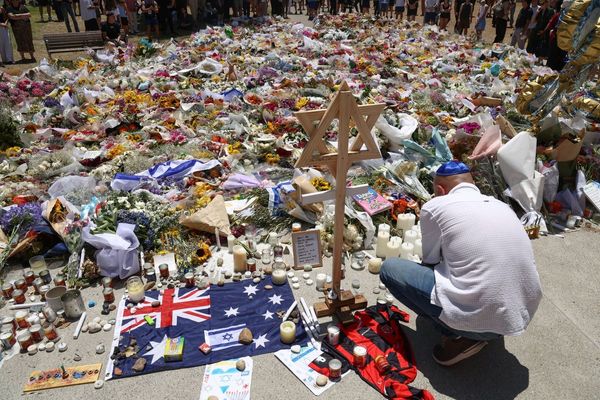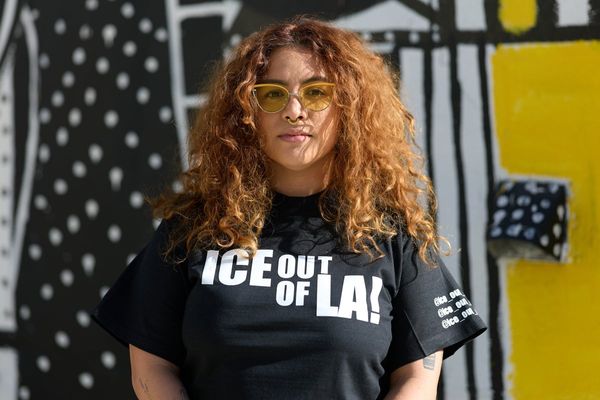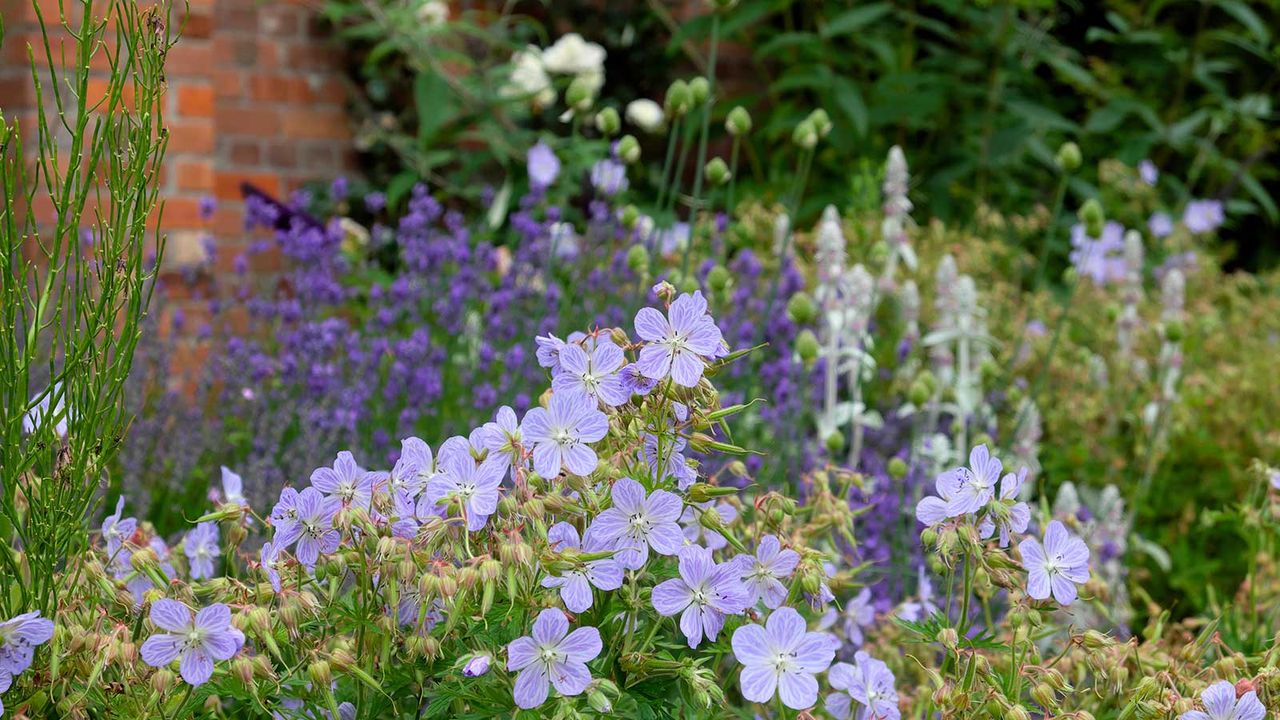
It's fall, and although there are still plenty of flowers in their stride, the peak growing season has started to quieten. As we lean into cooler months, now's the perfect time to consider how we want our outdoor spaces to look next year – after all, planning ahead is key to successful gardening.
You can plant perennials, start spring bulbs, and even sow some seeds for the new year this season. Looking to predicted trends can provide plenty of fresh inspiration for new flower bed ideas, if you're looking for a bit of a switch up.
To find out what's hot for 2026, I turned to plant experts and landscape designers. Below, they share their insights, including thoughts on colors, plant types, and more.
1. Embracing flowers with muted tones
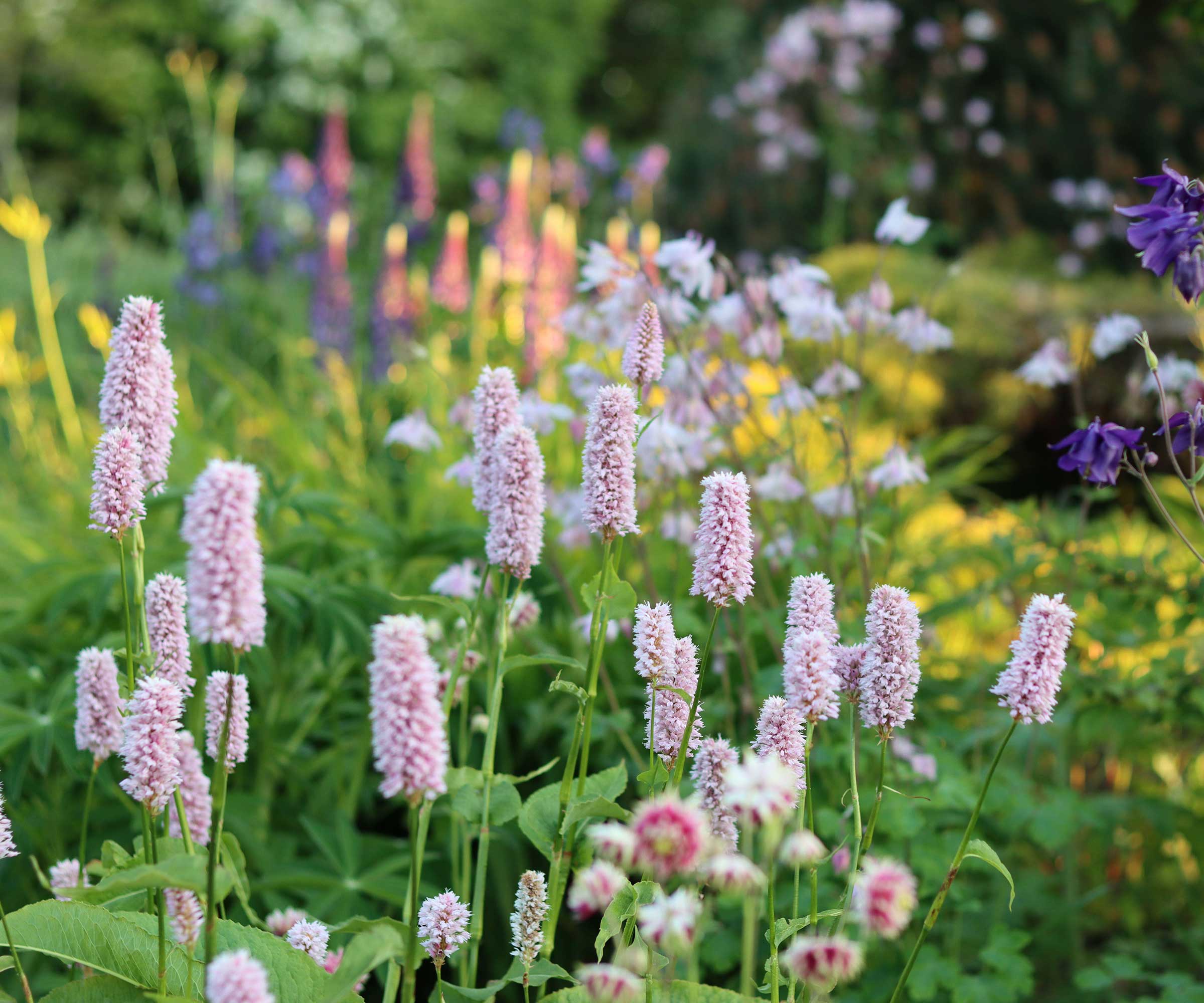
Interested in updating your garden's color scheme? Katie Dubow, president of Garden Media Group, anticipates ‘faded petal’ – a soft, weathered pink with a vintage, timeworn quality – to be an on-trend shade for 2026.
‘It pairs beautifully with silvery foliage, teal-toned plants, and muted yellows, creating an undertone that feels nostalgic yet fresh,’ she says. Examples of plants that embody this look include the ‘Princesse Charlene de Monaco®’ rose, and the ‘American Lace™ Pink’ hydrangea, she adds.
Similarly, Mintee Kalra, founder of landscape design studio Peruse, says 2026 is leaning toward softness with depth – muted rose, violet, and smoky blue-green tones that feel 'almost archival'. 'These colors resonate because they don’t shout; they settle into the landscape and invite the eye to linger.’
2. Being bold with monochrome beds
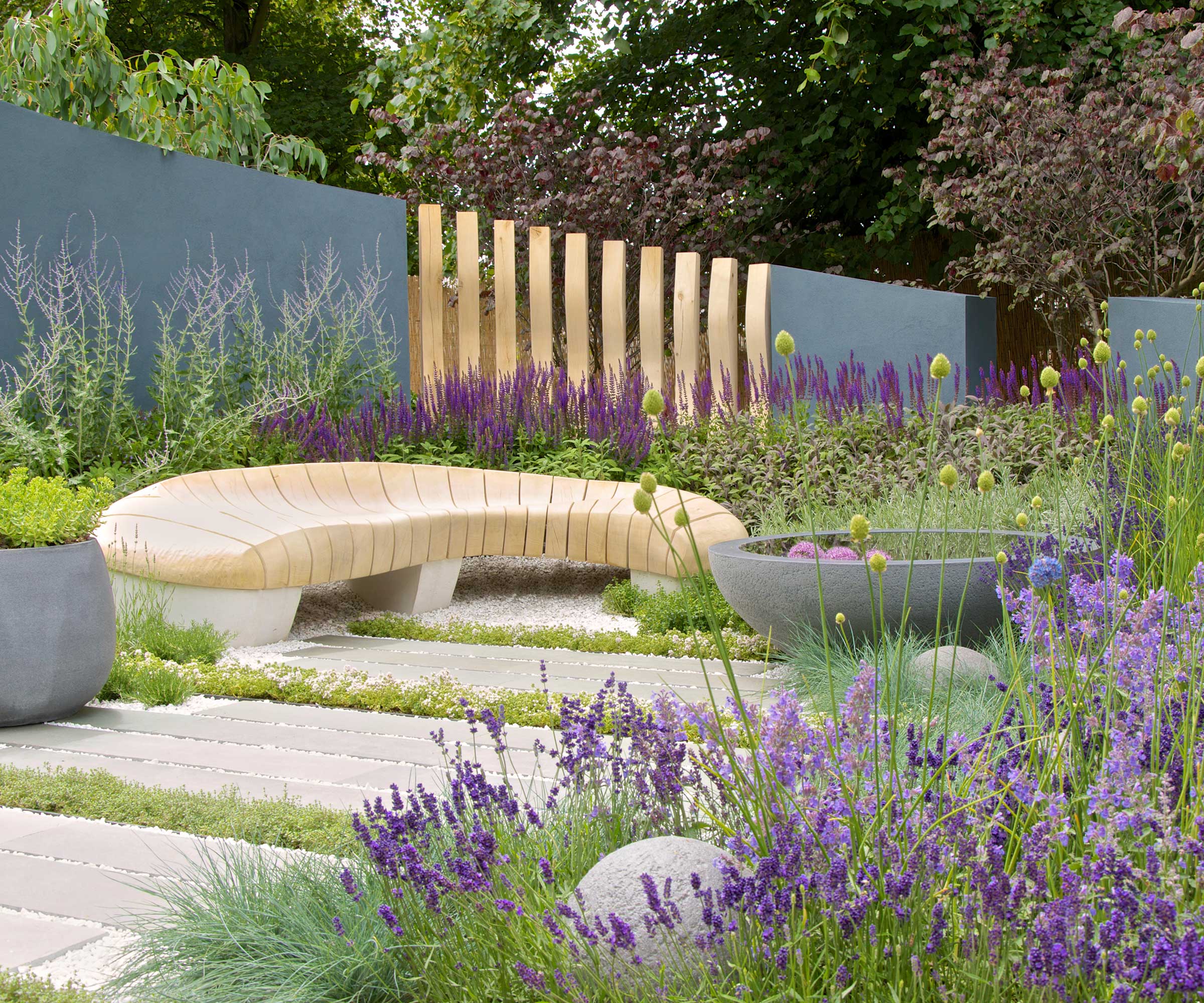
Chris Fenmore, principal designer of Garden Studio Design, says the statement monochrome bed is a direction gaining momentum.
Think mass plantings of one color family – ‘such as all-white blooms, or tonal shades of sage greens layered with other evergreen deciduous pairings.
This approach creates a dramatic impact, especially when paired with structural elements like clipped hedges or limestone borders,’ she adds.
Monochrome beds can work particularly well if you choose a mix of plants with different textures and forms (and this also makes for beautiful and easy bouquets for bringing indoors).
Be sure to use a mix of heights, too, including ground cover plants, for an abundant, tapestry-like display in your yard. For inspiration, take a look at our dedicated lists of white flowers, yellow flowers, apricot flowers, and more.
3. Making a statement with super-sized foliage
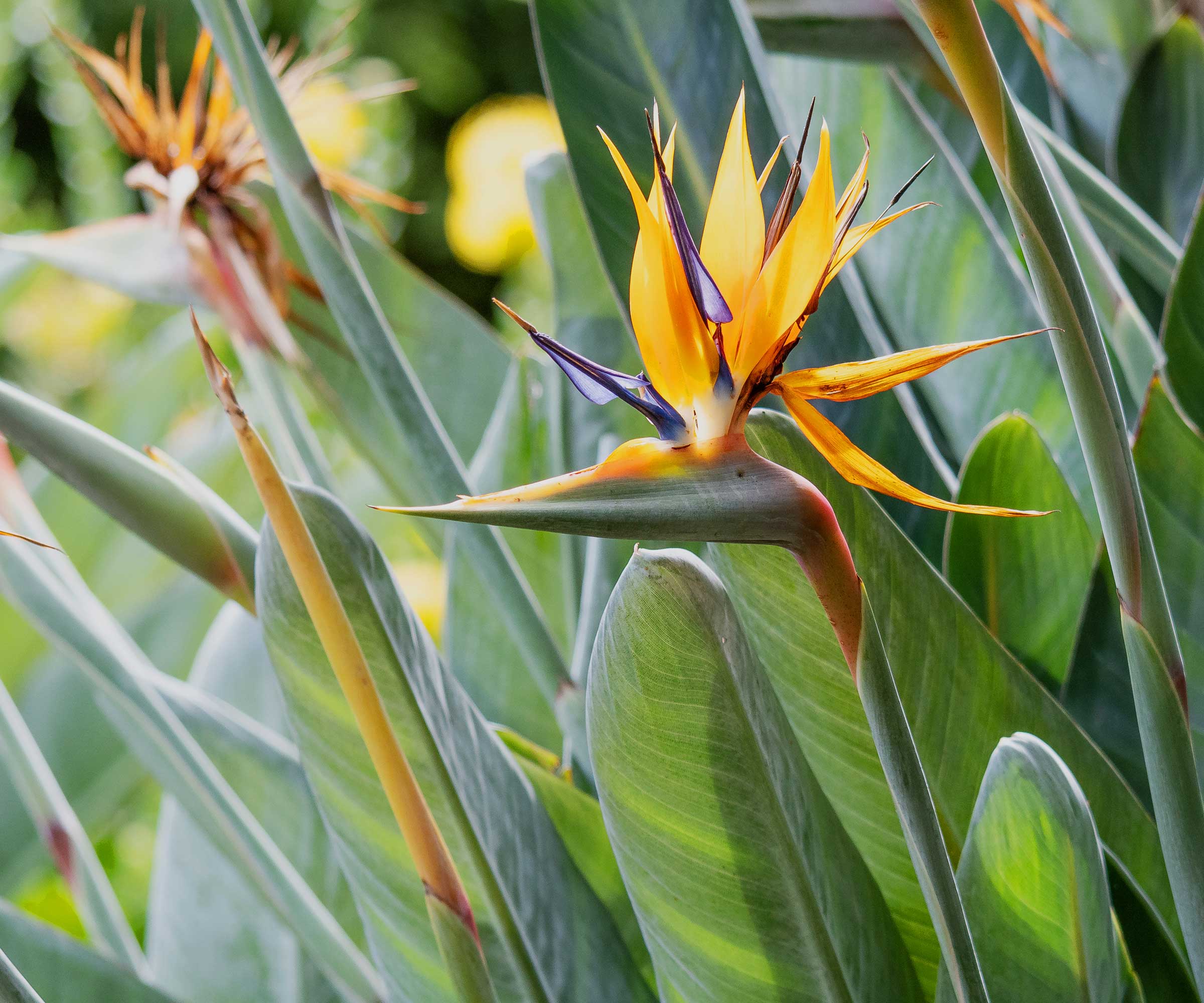
Chris also expects bold foliage to continue showing up in garden beds, often contrasted with arid species for a striking balance.
‘Think oversized leaves of alocasia or strelitzia woven alongside drought-tolerant lavender, crassula, or senecio. This mix keeps plantings resilient yet playful.’ Fatsia japonica, available from Nature Hills, is another gorgeous green option.
Large-leaved plants are a perfect choice for tropical garden schemes, and you can grow them in large pots in modern courtyards and patios, too. Just ensure the variety you choose is suitable for your hardiness zone if you want to leave it outdoors all year.
4. Rekindling a romance with roses
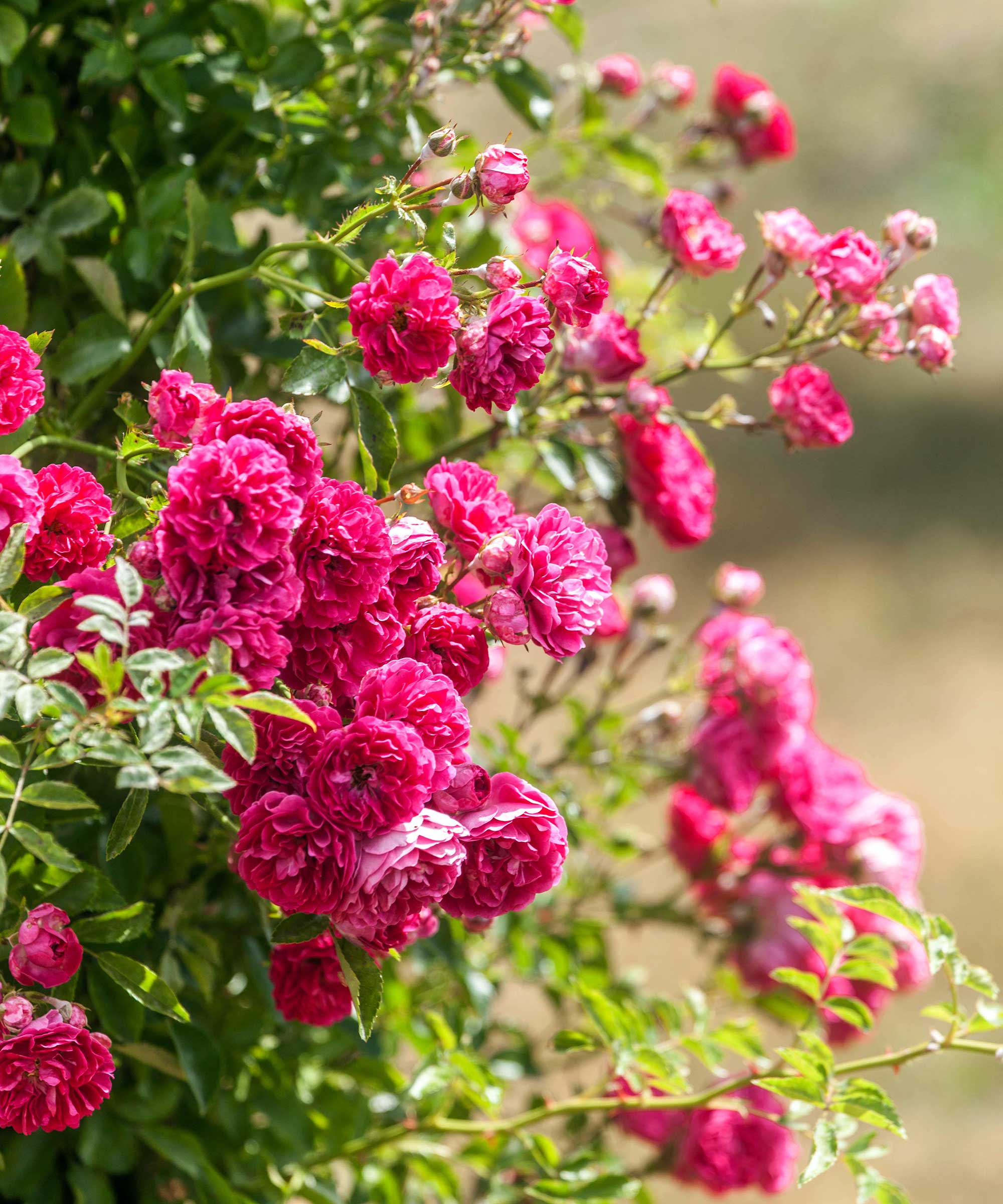
Jordan Williams of Star® Roses and Plants comments on the ‘rose resurgence’ of the last few years.
The increase in rose gardening is due to new genetics, she explains, resulting in roses that provide a big impact without being as fussy as traditional garden varieties. ‘Modern breeding gives gardeners roses with large, abundant blooms, fragrance, and disease resistance.
‘We partner with content creators in the gardening space, and their posts about adding Bloomables® roses like “Sweet Mademoiselle™”, “Bolero™”, and “Mother of Pearl®” really resonated with followers,’ Jordan adds. ‘Roses are just more accessible now and support the trend of romanticizing your everyday life.’
5. Planting for all seasons
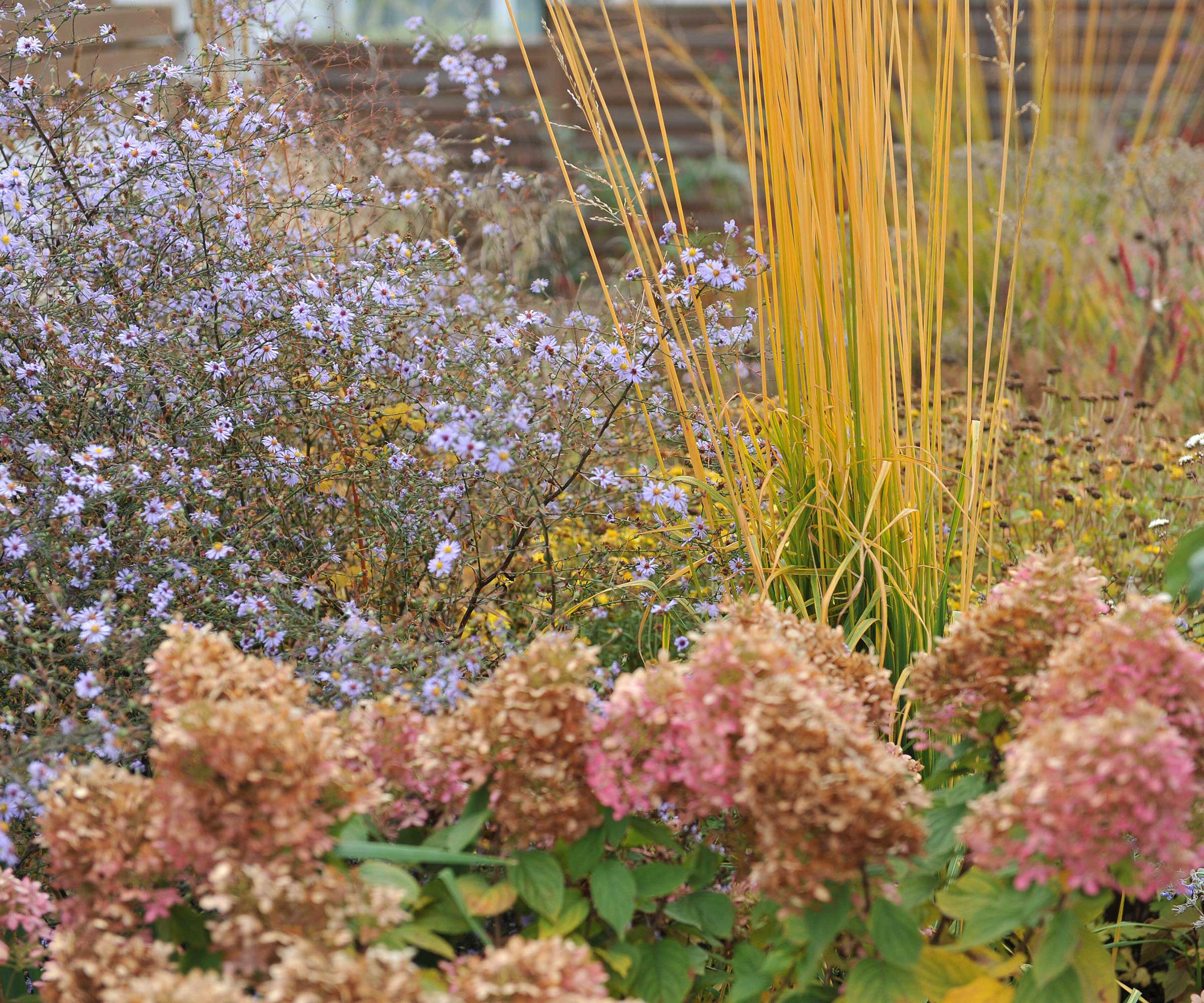
‘What feels most relevant now is not a single bloom, but a rhythm of flowering across the year – gardens that act like a symphony, with crescendos in spring and summer, and quieter, more restrained notes in autumn and winter,’ says Mintee. ‘Architectural forms, like the bold geometry of dahlias, carry weight within this score, but it’s the sequence that makes the garden feel whole.’
Catherine Trudeau, landscape designer of The Outside Design Studio, particularly highlights clients’ interest in dramatic fall color, and she expects this to play a bigger role in landscape planning for 2026. ‘Long-term, these plants can create beautiful seasonal transitions that refresh a landscape throughout the year,’ she says.
Some of Catherine's top picks for this include serviceberries (especially the ‘Autumn Brilliance’ variety, which you can shop at Fast Growing Trees), dogwood trees (‘known for their deep-red and purple tones in the fall’), and hydrangeas that bloom white in the summer and transition to soft, dusty-rose hues.
FAQs
What flower bed trends are out of fashion for 2026?
‘The trend of planting for sheer aesthetics is fading,’ says Mary Phillips of the National Wildlife Federation. ‘We're moving away from the era of planting high-maintenance ornamental plants that offer no benefit to wildlife, simply because they look pretty.
‘Today’s gardens have a job to do,’ she continues. ‘That means choosing plants that support pollinators, provide food for birds, offer habitat, and build a more resilient ecosystem. It’s a powerful cultural shift where each plant is chosen with intention, transforming a simple flower bed into a vital, living part of our local habitat.’
Another trend that’s falling out of favor, according to Chris, is overly manicured flower beds. ‘Uniform rows of annuals or perfect color-blocked schemes often feel dated compared to more fluid, layered designs,’ she explains. ‘Clients are leaning toward gardens that evolve with time and feel less contrived, favoring plantings that highlight movement, seasonality, and biodiversity.’
Mintee shares a similar view: 'Overly rigid, formal layouts are giving way to compositions with more flow and irregularity – gardens that read as grown rather than imposed.’
What are some other on-trend plants for 2026?
‘We all know the long-standing popularity of hydrangeas in the hearts of gardeners, but we’re seeing a shift toward oakleaf hydrangeas specifically,’ says Jordan. ‘Varieties like “Autumn Reprise™” and “Li’l Annie Oakleaf™” are native to North America and pollinator-friendly, which are two massive priorities for the modern gardener. I also particularly love the deep fall foliage.'
She also notes that many people have minimal yard space available for planting, and so are looking for unique container plants. ‘We’re watching the rise of compact or columnar trees for creating outdoor living spaces,’ she says.
For more trending plants for 2026, see our dedicated guide.
Looking for more outdoor inspiration for next year? The bento box design approach is sure to intrigue, as is the concept of data-driven ‘precision gardening’. And don’t forget about indoors, too – our guide to the upcoming houseplant trends has plenty of ideas for freshening up your scheme.

